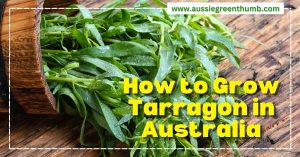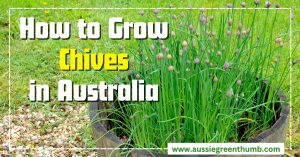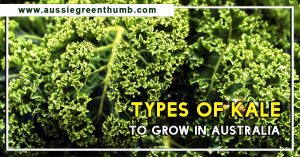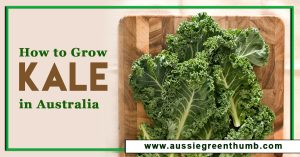Pipturus argenteus, known as Native mulberry, belongs to the Urticaceae family, more commonly known as stinging nettles. This particular mulberry is of the non-stinging nettle kind though. It grows really fast and could be a shrub or a tree.
You would find the native mulberry in the rainforests of Queensland and also off its coast.
More...
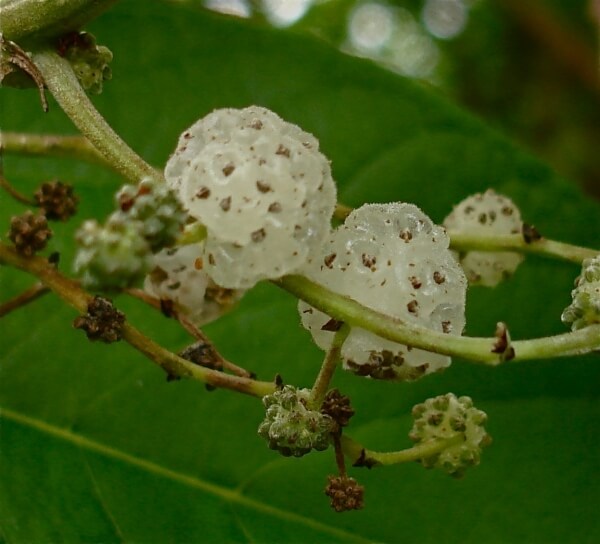
Source: Daleys Fruit Tree Nursery
Native Mulberry Tree
The fruit of the native mulberry is delicious! The small fruit is white with the seeds on the outside of the fruit and it’s sweet and juicy. Mulberries are known for their taste and texture being a bit of a surprise sometimes as it’s not always the same.
Indigenous Australians soon realised the benefits of the native mulberry for traditional medicine and they used it all – the leaves, roots and sap. Women and children ate the seeds, and the plant could be used for a cough or burn, even malaria. The wood of the native mulberry proved useful for building things.
Also read: Growing Different Types of Mulberry Trees in Australia
Published on October 4, 2023 by Gary Clarke
Last Updated on February 7, 2024

